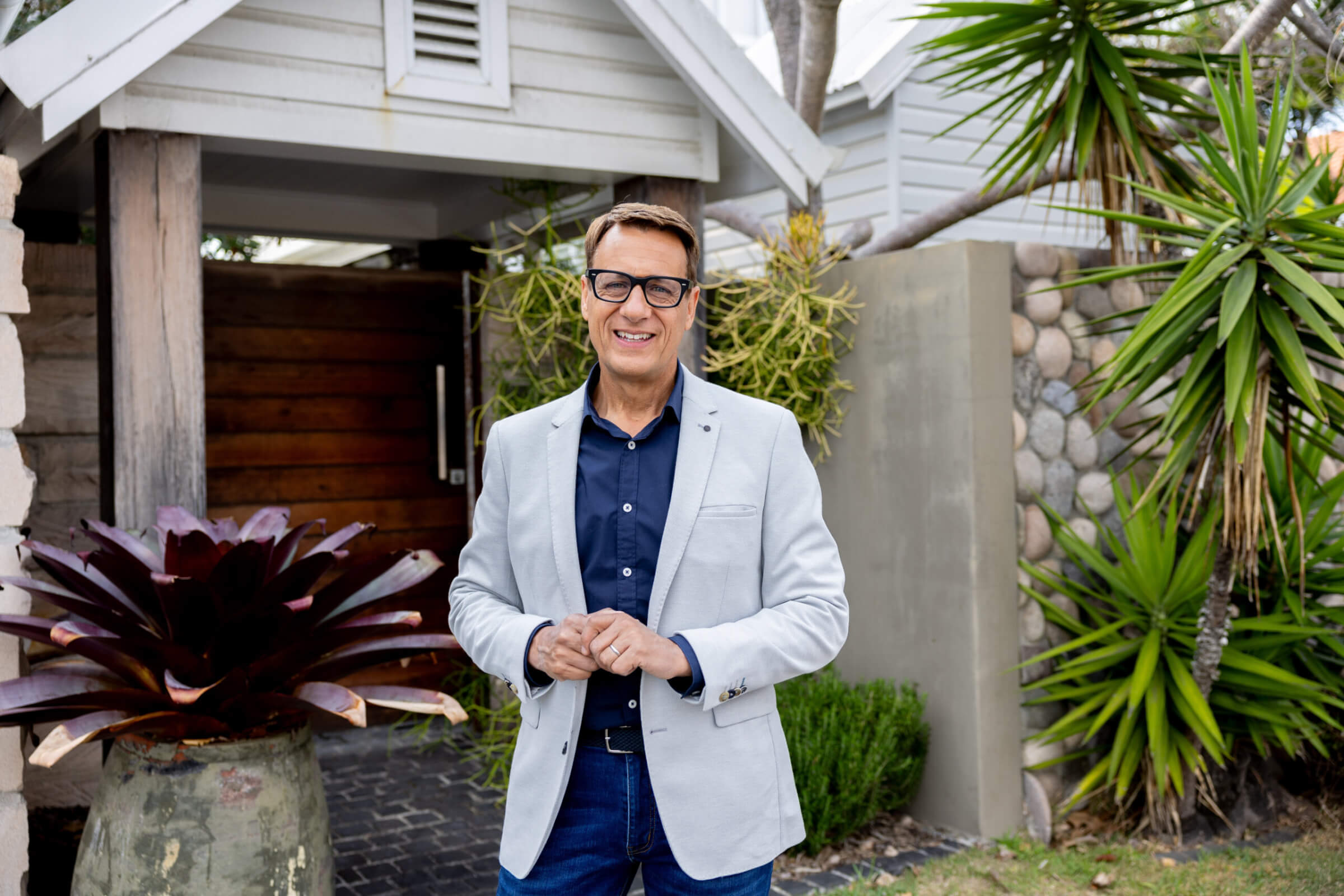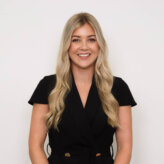
It is more expensive to buy than to rent a house in 98% of Australian suburbs, according to Compare the Market, as short supply and high demand continue to keep prices buoyant in many parts of the country.
Just 57 of the 2,732 suburbs included in the August 2024 analysis of CoreLogic data were cheaper to own a house with a mortgage than to rent.* All of them were in regional towns.
There were also 43 suburbs which were cheaper to own a unit with a mortgage than rent.
Some of the places in Queensland where it’s cheaper to buy a house than rent include Moranbah, Collinsville, Dysart, Blackwater, Clermont, Moura, Mount Morgan, Ingham, East Innisfail, Ayr, Rockhampton City, Emerald, and Roma – all of which the median house price is under $400,000.
In New South Wales people can find a house cheaper to buy than rent in Werris Creek, South Lismore, Wellington, Boggabri, Condobolin, West Wyalong, Narrandera, Culcairn.
Similarly in South Australia people may find homeownership cheaper than renting in Whyalla Norrie, Whyalla Stuart, Port Pirie South, Whyalla, Whyalla Playford.
Meanwhile in Western Australia there were an abundance of houses cheaper to buy than rent and had a median house price under $400,000: Newman, Bulgarra, Kambalda West, South Boulder, Boulder, Kununurra, Piccadilly, South Kalgoorlie, Kalgoorlie, Merredin, West Lamington, Katanning, Rangeway, Collie, Utakarra.
Compare the Market Property Expert Andrew Winter said that while repayments might be cheaper in some regional towns, not all properties would make a good investment.
“Cheap won’t always leave you cheerful, because buying in rural parts of Australia can come with added risk,” Mr Winter said.
“If you’re entering a town with a single-industry economy, like mining, then you could hit a snag if the boom suddenly goes bust. In fact, a lot of banks and lenders will reject loan applications in these areas, because they can’t be sure it will fetch a similar price in future, which could mean you’re left in negative equity.
“You’ll also want to understand if the area is impacted by natural disasters like flooding and wild weather, which could mean an expensive insurance premium that outweighs the lower monthly mortgage repayments.
“Always do your research before buying in a new area, because if you are looking for a long term investment, you want to ensure your property holds its value.”
While finding affordable homes in the capitals could be compared to finding a needle in a haystack, Mr Winter said looking at so-called “bridesmaid suburbs” could be a good start.
“In some cases, house hunter hopefuls could save themselves up to almost a million dollars by looking just a few kilometres down the road,” Mr Winter said.
“If you’ve been priced out of your desired area, I would suggest looking a suburb or two away.
“Bridesmaid suburbs or as I like to call them, the suburb dupes – often offer the same lifestyle for less.
“You may not be able to afford your first choice but gentrification tends to spread, meaning you could end up in the trendiest new neighbourhood in a few years’ time.”
BRIDESMAID SUBURBS WITH BIG SAVINGS
HOUSES
Ivanhoe, Melbourne $1,819,604 > Heidelberg West, Melbourne $856,213 – (nearly $1M difference)
Viewbank, Melbourne $1,218,535 > Yallambie, Melbourne $1,081,705
Belmore, Sydney $1,624,047 > Wiley Park $1,315,881
Walkerville, Adelaide $1,479,123 > Broadview, Adelaide $999,188
Salisbury East, Adelaide $631,013 > Elizabeth South $465,219
Stretton, Brisbane $1,451,180 > Woodridge, Brisbane $600,430
Bulimba $2,038,635 > Albion, Brisbane $1,321,203
*Source: Compare the Market, monthly repayment calculations assume a 30-year loan term with a 20% deposit, with no fees, with a variable rate of 5.99%. Median house and unit values and rental price were sourced from CoreLogic data dated July 2024.
Property values and statistical measures used in this article have been provided by CoreLogic. While all reasonable efforts have been made to ensure the data used in this article is current and representative of current housing market information, there may be variations in the values presented due to a number of factors including the availability of source data, disparity in measuring or sampling techniques, data availability and other factors.
The information given should not be construed as specific advice or relied upon in lieu of appropriate professional advice. Compare the Market does not warrant the accuracy, currency or completeness of the statistical measures used and to the full extent permitted by law excludes liability for any loss or damage arising in connection with the data presented herein.
For more information, please contact:
Natasha Innes | 0416 705 514 | natasha.innes@
Compare the Market is a comparison service that takes the hard work out of shopping around. We make it Simples for Australians to quickly and easily compare and buy insurance, energy, travel and personal finance products from a range of providers. Our easy-to-use comparison tool helps you look for a range of products that may suit your needs and benefit your back pocket.








